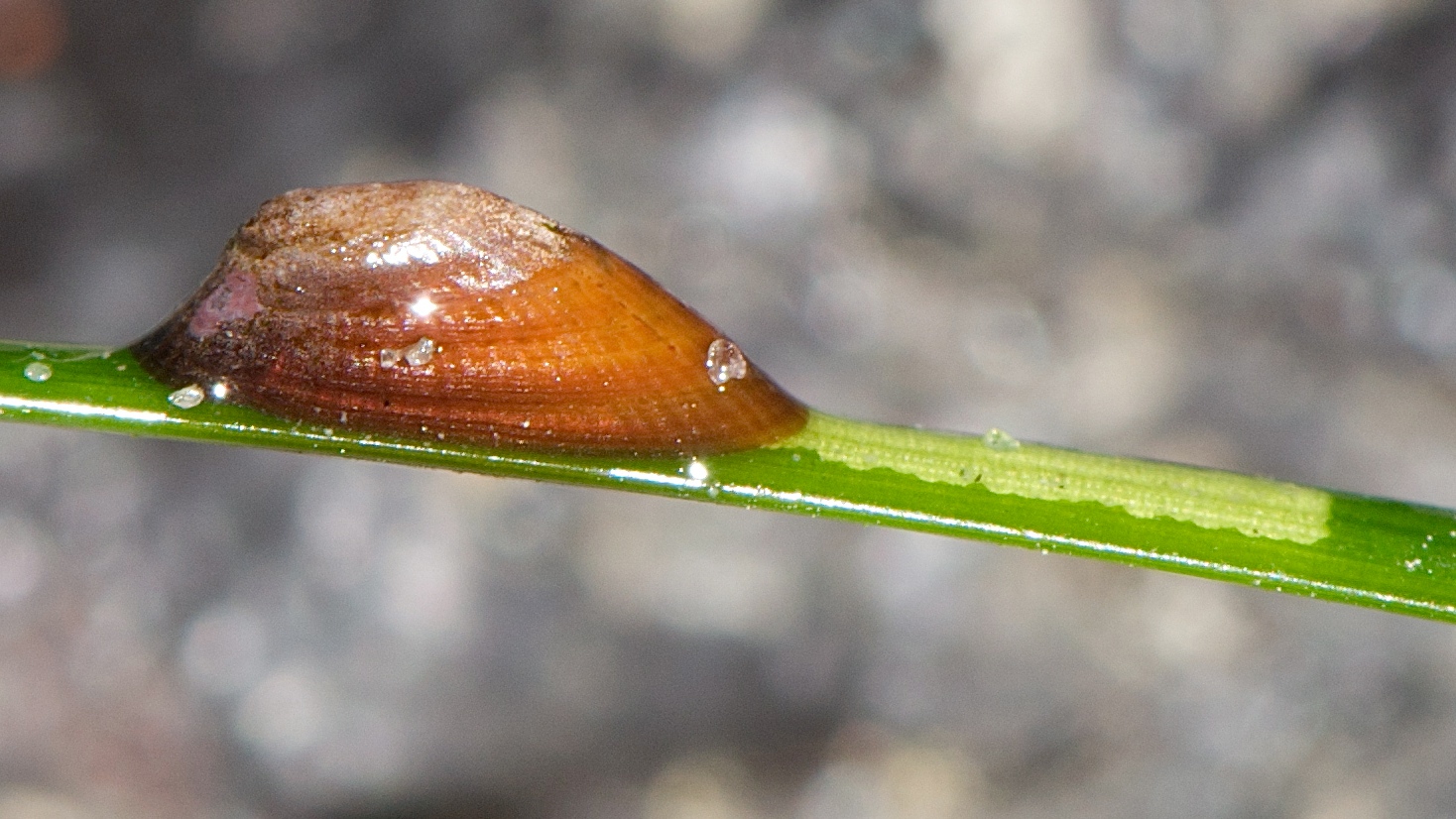|
Haliclystus Sanjuanensis
''Haliclystus sanjuanensis'' is a species of small (~4 cm) stalked jellyfish found in the Pacific Ocean along the west coast of North America. This species can be found in shallow waters at low tide on soft substrates such as seagrass ('' Phyllospadix''). A variety of colour morphs can be found ranging from yellow-green to red. ''Haliclystus sanjuanensis'' was formally described as a distinct species in 2023, following sequence data establishing it as a distinct taxon. Gallery Colour morphs of ''Haliclystus sanjuanensis'': File: Green subum.jpg , Green File: Grorange subum.jpg , Green-orange File: Orange exum 3.jpg , Orange File: Red exum.jpg , Red File: Inverted Hali stretched mesoglea maybe - buckling of flesh 2.tif , Juvenile ''H. sanjuanensis'' with peach colouring File: Peachy Haliclystus 7b.jpg , Juvenile ''H. sanjuanensis'' with peach colouring References Haliclystidae {{Staurozoa-stub ... [...More Info...] [...Related Items...] OR: [Wikipedia] [Google] [Baidu] |
Stauromedusae
Stauromedusae are the stalked jellyfishes. They are the sole living members of the class Staurozoa and belong to the medusozoa subphylum of Cnidaria. They are unique among medusa jellyfish in that they do not have an alternation of polyp and medusa life cycle phases, but are instead interpreted as an attached medusa stage, with a lifestyle more resembling that of polypoid forms. They have a generally trumpet-shaped body, oriented upside-down in comparison with other jellyfish, with the tentacles projecting upwards, and the stalk located in the centre of the umbrella. Stauromedusae usually has eight marginal arms at the top of the calyx. They reach their adult sizes within several weeks, typically 1 to 4 centimeters in length. Members of this class are commonly found in relatively cold waters, close to the shoreline. However, there are a few known species that inhabit tropical and subtropical waters as referenced in the Stauromedusae article by Claudia E. Mills and Yayoi M. Hiran ... [...More Info...] [...Related Items...] OR: [Wikipedia] [Google] [Baidu] |
Phyllospadix
''Phyllospadix'', commonly known as surfgrass, is a genus of seagrass, a flowering plant in the family Zosteraceae, described as a genus in 1840. ''Phyllospadix'' grows in marine waters along the coasts of the temperate North Pacific. It is one of the seagrass genera that can perform completely submerged pollination. Species ;Accepted species *'' Phyllospadix iwatensis'' – China, Korea, Japan, Russian Far East *'' Phyllospadix japonicus'' – China, Korea, Japan *'' Phyllospadix juzepczukii'' – Russian Far East *'' Phyllospadix scouleri'' (type species) – Alaska to Baja California *'' Phyllospadix serrulatus'' – Alaska, British Columbia, Washington *'' Phyllospadix torreyi'' – British Columbia to northwestern Mexico References * External links Imagesof ''Phyllospadix'' at Algaebase AlgaeBase is a global species database of information on all groups of algae, both seaweed, marine and freshwater algae, freshwater, as well as sea-grass. History AlgaeBase ... [...More Info...] [...Related Items...] OR: [Wikipedia] [Google] [Baidu] |
